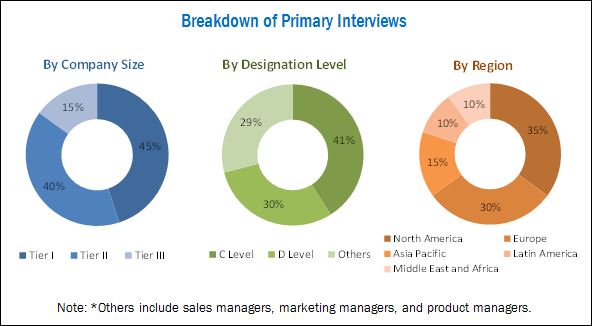Veterinary CT scanners offer effective and early diagnosis of various conditions in the animal body such as, neurology, oncology, orthopedics, traumatology, and many other applications in animal healthcare. The veterinary CT scanners are used by veterinary hospitals and clinics as well as by university teaching hospitals & academic institutes on small companion animals, equine and livestock, and other animals (zoo and exotic animals). The base year considered for the study is 2017, and the forecast has been provided for the period between 2018 and 2023.
[184 Pages Report] The veterinary CT scanners market is expected to reach USD 173.7 million by 2022 from an estimated USD 122.3 million in 2017, at a CAGR of 7.3%.
Market Dynamics
Drivers
• Increasing small companion animal population
• Rising demand for pet insurance with growing animal health expenditure
• Growth in the number of veterinary practitioners and their income levels in developed economies
• Innovations in veterinary CT scanners
Restraints
• High cost of veterinary CT scanners
Opportunities
• Emerging markets
Challenges
• Low animal health awareness in emerging markets
• Shortage of veterinary practitioners in developing markets
Download a PDF Brochure @ https://www.marketsandmarkets.com/pdfdownloadNew.asp?id=39631288
Use of veterinary CT scanners for the diagnosis of small companion animals to drive the veterinary CT scanners market.
The small companion animals segment includes dogs, cats, and other companion animals such as birds and small mammals. The growing population of small companion animals, rising pet ownership, increasing pet healthcare expenditure, and growing demand for pet insurance are the major factors driving the growth of small companion animal segment in veterinary CT scanner market.
Applications of veterinary CT scanner in neurology to drive the growth of veterinary CT Scanners market.
Orthopedics & Traumatology
CT scanning is commonly used for the diagnosis of joint diseases such as arthritis, osteoporosis, lameness diseases, angular limb deformities, bone fractures, and acute traumas in companion animals, equines, livestock, and zoo animals. CT scanners create three-dimensional images of a structure, which is useful in the pre-operative planning of fracture repair or the identification of lesion margins.
Other Applications
Other applications include cardiology, renal disorders, nephrology, dentistry, gastroenterology, gynecology, and respiratory applications. The growing prevalence of renal, oral, gastrointestinal, and respiratory diseases; increasing number of cardiac patients; and increasing usage of CT systems for the diagnosis of heart & blood vessel diseases are expected to drive the growth of this segment.
Request a Sample Pages @ https://www.marketsandmarkets.com/requestsampleNew.asp?id=39631288
Key Players
Key players considered in the analysis of the veterinary CT scanners market are GE Healthcare (US), Canon, Inc. (Toshiba Medical Systems Corporation) (Japan), Epica Medical Innovations (US), NeuroLogica Corporation (US), Siemens Healthineers (Germany), Koninklijke Philips N.V. (Netherlands), Hitachi, Ltd. (Japan), Animage LLC (US), QR srl (Italy), GIN ApS (Denmark), and 4DDI (U.S.).
Major Market Developments
• In 2016, Canon, Inc. (Japan) acquired Toshiba Medical Systems Corporation (Japan) to enter the veterinary CT scanners market
• In 2016, Animage, LLC (US) partnered with Sound (US) to sell, and distribute Fidex-CT scanners in the US veterinary market. In 2015, Hitachi, Ltd. (Japan) launched SCENARIA SE – with 64 and 128 slice scanning capacity.
Home Health and Wellness Veterinary CT Scanner Market | Growth in the Number of Veterinary Practitioners






